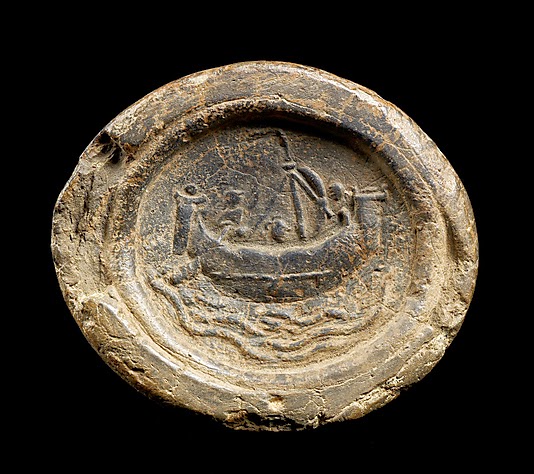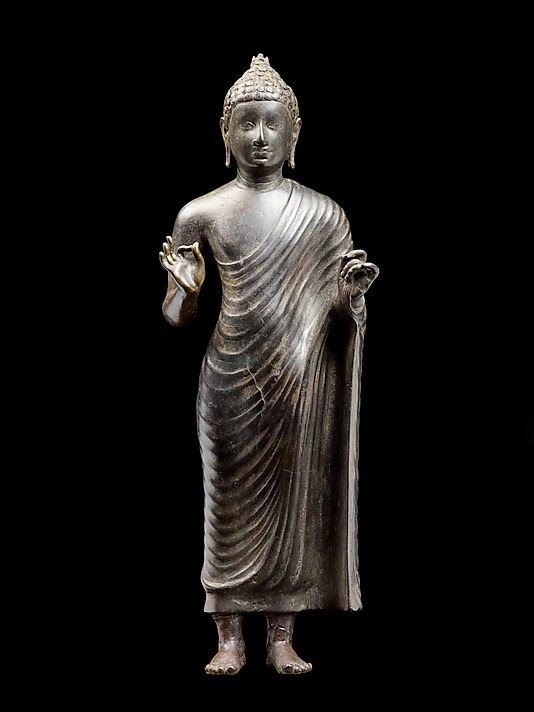A ground-breaking international loan exhibition devoted to the Hindu-Buddhist art of first- millennium Southeast Asia will go on view at The Metropolitan Museum of Art beginning April 14. Some 160 sculptures will be featured, many of them large-scale stone sculptures, terracottas, and bronzes. They include a significant number of designated national treasures lent by the governments of Cambodia, Vietnam, Thailand, Malaysia, and Myanmar, as well as stellar loans from France, the United Kingdom, and the United States.

Thomas P. Campbell, Director and CEO of the Metropolitan Museum, stated: “Exhibitions that provide this level of exposure to previously unfamiliar material of such significance come along very rarely. The majority of the important and breathtakingly beautiful works in Lost Kingdoms have never before traveled outside their source countries. We are indebted to the generosity of all of the international lenders, including several countries in Southeast Asia and Europe. We are especially honored that the government of Myanmar has signed its first-ever international loan agreement in order to lend their national treasures to this exhibition.”

Additional support is provided by Jim Thompson America, Inc. and Bangkok Broadcasting & T.V. Co., Ltd.
Recent excavations and field research have made it possible to redefine the cultural parameters of early Southeast Asia, a region that created some of the most powerful and evocative sculpture of the Hindu-Buddhist world in the first millennium.

Exhibition Organization
Lost Kingdoms will be organized thematically in seven sections representing the major narratives that have shaped the region’s distinct cultural identities.

Nature Cults will present objects demonstrating the persistence of nature-cults in Southeast Asia well into the Hindu-Buddhist period. The adoption of the Indic religions in the region was highly successful due largely to the receptivity of these pre-existing animistic belief systems.

Vishnu and his Avatars will illustrate the responsiveness of the region’s earliest-known rulers to Hinduism, as exemplified by their embracing of Vishnu as an ideal model of divine kingship. Rulers dedicated numerous shrines to Vishnu and a selection of the large-scale sculptures from such sanctuaries will be on view.

ca. 6th century [Credit: The Metropolitan Museum of Art]
State Art will explore Buddhist art as an expression of state identity. It will focus on the patronage of the Mon rulers of the Dvaravati kingdom of central Thailand. This section will include some of the most monumental works in the exhibition: several large-scale sandstone standing Buddhas, sacred wheels of the Buddha’s Law, and steles depicting stories from the present and past lives of the Buddha.
The final section, Savior Cults, will be dedicated to the cult of the Bodhisattva, the Buddhist saviors and their dissemination throughout Southeast Asia. The expression of this tradition outlived its source in India, and its independent evolution is traced through major cult images that share an iconographic language, yet exhibit strong regional styles. The late 8th century also marked the beginning of a new age of Asian internationalism, in which the kingdoms of the region were linked through thriving international trade networks. Religious ideas, rituals, and imagery circulated quickly, unifying the region and integrating it into greater Asia as never before. This was reflected most strongly in the newly emerging, shared visual language in the service of Mahayana Buddhism.
Source: The Metropolitan Museum of Art [March 26, 2014]